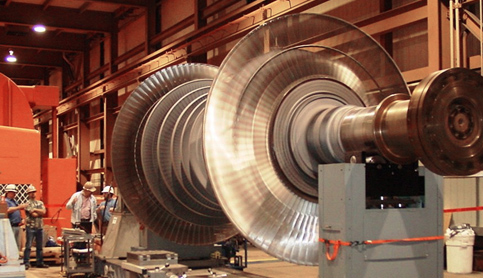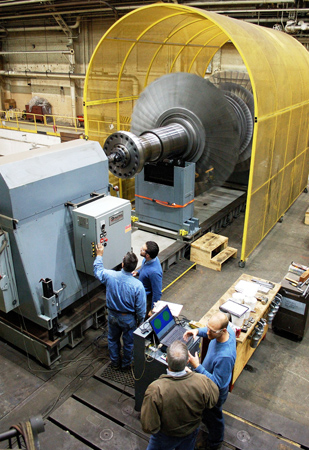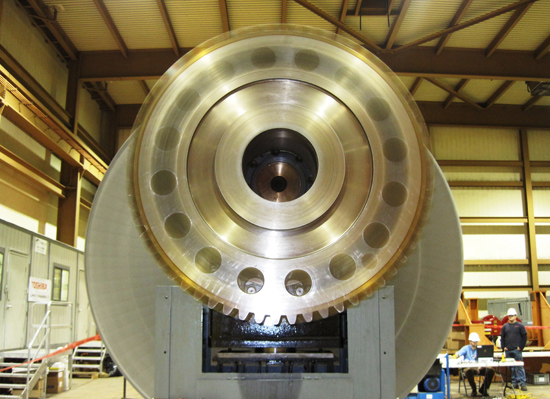
![]()
[Safety] [Quality Assurance]
[Inside Regenco]
archive copied from [http://regenco.mgi-servilink.net]
link
back to Tasker's Web Notes for Toshiba's PSD [West
Allis] Facility





|
|
    |
|
 |
Low-speed balancing\
|
| Goals and conditions for low-speed
balancing. The goal of all balancing, low- or high-speed, is to minimize residual unbalance by shifting the center of mass to the axis of rotation. Balancing is carried out with respect to the axis of rotation as defined by the centerline through two or more journals.
The severity of local mass eccentricities across a rotor is evaluated from run out measurements carried out on the rotor. The measurements are a means to assess the degree of mechanical unbalance and applicability of low-speed balancing for a particular rotor. |
|
|
Reference Paper When to Low Speed Balance |


